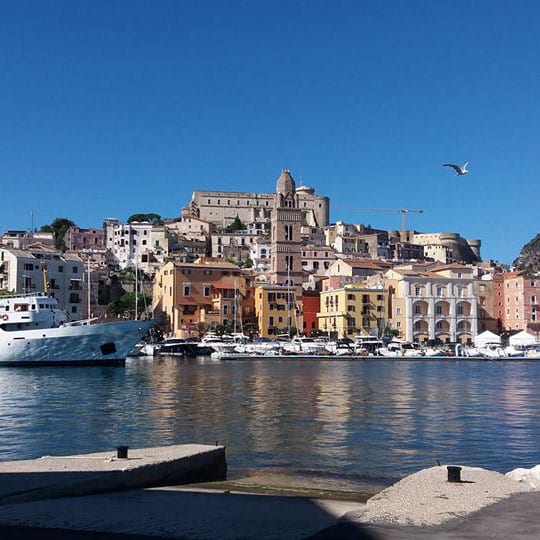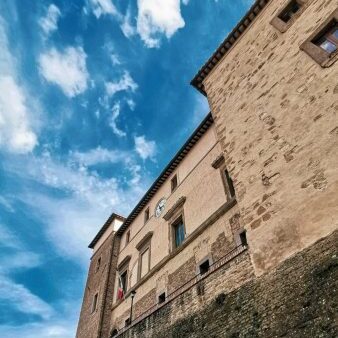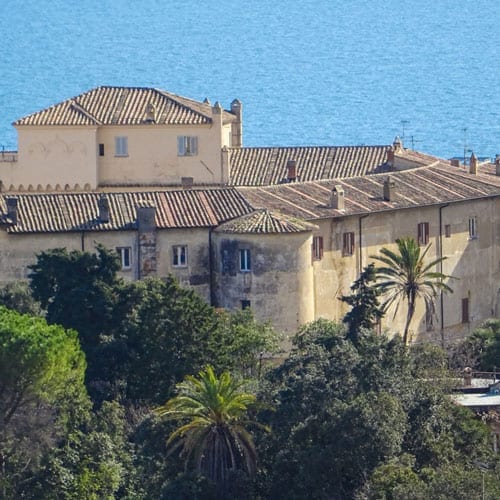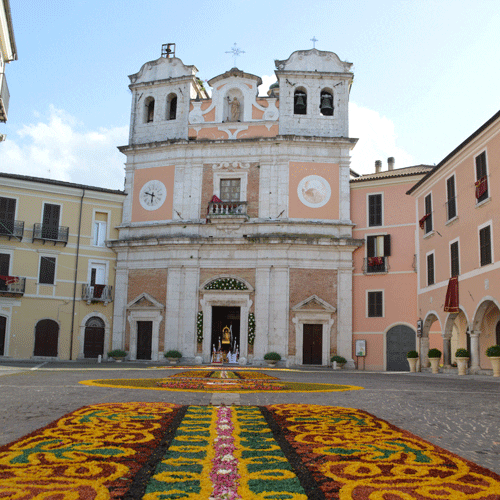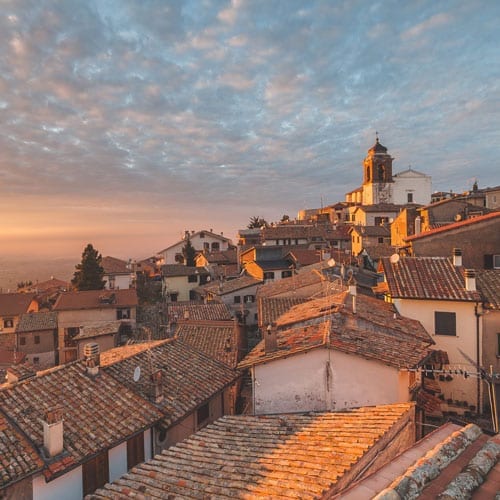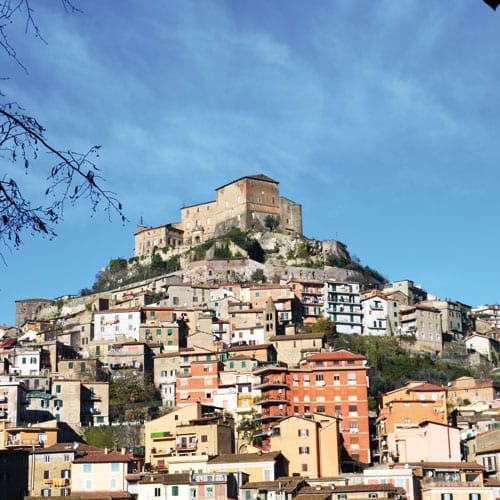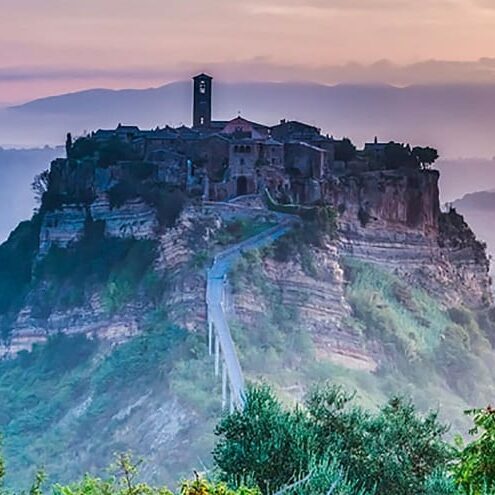 Percile
Percile
The town of Lagustelli
MUNICIPALITY OF pErcile
(Province of Rome)
Altitude
mt. 575 a.s.l.
POPULATION
220
TOURIST INFORMATION
Pro Loco Percile
Piazza Garibaldi, 4 – 00020 Percile
Ph. 338.1661576 – 335.259065
email: prolocopercile@yahoo.it
www.percilecomune.it
email: segreteria@percilecomune.it – Pec: comune@pec.percilecomune.it
 The name
The name
The first news about Percile are reported in the story of S. Silvestro I’s life, who was Pope from 314 to 335; Anastasio, the Anti-Pope Anastasio the Librarian nominates the “fundum Percilianum in Sabinensi territory“. Some historians derive the name from the Roman family Porcia. Percile in fact keeps some consistent testimonies of the Roman period, such as the sepulchral stones dedicated to a little girl.
A Borgo that cannot be smaller: just over two hundred inhabitants living at 575 meters above sea level in the protected area of the Regional Park of the Lucretili Mountains, about sixty kilometers from Rome. Old stone houses, tastefully restored, narrow streets among gardens, from which you can admire sudden glimpses of the valley.
From Rome, people come up here to breathe pure air, to feel forgotten scents of wood, chestnuts, wood, asparagus, good things. A triumph of simple flavours and pleasures, such as drinking at the Fonte degli Aliucci, from which a very light mineral water, well known by the ancient Romans for its therapeutic virtues, flows.
Percile is also the town of the “lagustelli”, two splendid little lakes within an uncontaminated landscape, recognised as an international wetland protection zone according to the Ramsar Convention.
Percile, a small village in the upper Aniene valley, is located in the east quadrant of Rome and at a distance of about 60 km from it.
Located along the state road SSR 314 Licinese, along the line connecting the state Tiburtina Valeria and Salaria, the borgo is located at a height of 575 meters above sea level and is entirely included in the Protected Regional Park of Monti Lucretili.
The Church of S. Lucia is the parish church of Percile, it was erected in the 16th century as the chapel of the nobles of the adjacent Palazzo Borghese, and it is dedicated to the Patron Saint of Percile.
Another important religious building to visit is S. Maria della Vittoria (XII century), a XII century church, with the nearby hermitage, which seems to have been built by Charles of Anjou, as a thanks for the victory over Corradino di Svevia on August 23, 1268, it is part of one of the seven churches built in honor of St. Mary for that occasion.
The Church of St. Anatolia is located in the center of the village and houses valuable frescoes of the seventeenth-century school.
Palazzo Borghese is the transformation of the ancient castle that in 1033 was donated by Azone, son of Guerrone, captain of fortune, to Guido Abbot of Farfa. The palace then came to the Orsini family in the mid-13th century, then passed on to the Atti family of Todi on 16 July 1596 and finally to the Borghese family on 5 February 1608. The rule of the Borghese family lasted until the unification of Italy. Today Palazzo Borghese is the Town Hall.
The Lagustelli: entirely located in the territory of Percile Municipality there are two lakes, locally called “Lagustelli”. The two lakes, called Fraturno and Marraone, recognized as an International Wetland Protection Area according to the Treaty of Ramsar, by decree of the Ministry of the Environment and Protection of Land and Sea in 2008, are located within the Regional State Property “Lake”, an oasis of about 900 hectares of forests, beautiful glades and unspoiled nature trails.
December, Sagra della Ramiccia (Festival of the Ramiccia) – It is usually celebrated on the first Sunday of the month and is the queen of festivals with the typical dish of the celebration days. The ramiccia, a dish of fettuccine pasta ( a sort of hand-made noodle) cut very thin by the wise hands of the local women and seasoned with a sauce whose recipe is lost in the mists of time, for the occasion are strictly handmade using about 1500 eggs.
1st May, “Festa dei Laghi” (Festival of the Lakes) – In this month, the first of May, the mountain is celebrated with the traditional appointment in the “Lago” state forest in the name of uncontaminated nature, walking, horseback riding, mountain biking and excellent food and wine.
Festival of “Sparaci” – The second Sunday of May you may taste the excellent pasta seasoned with delicious wild asparagus of the place.
October, Chestnut Festival – On the last Sunday of the month the village is inebriated by fantastic and delicious chestnuts and their crackling and fantastic taste.
Desserts and other local products: amaretti, “tettarelle”, “tisichelle”, nociata, low-fat donuts, honey and sausages.






